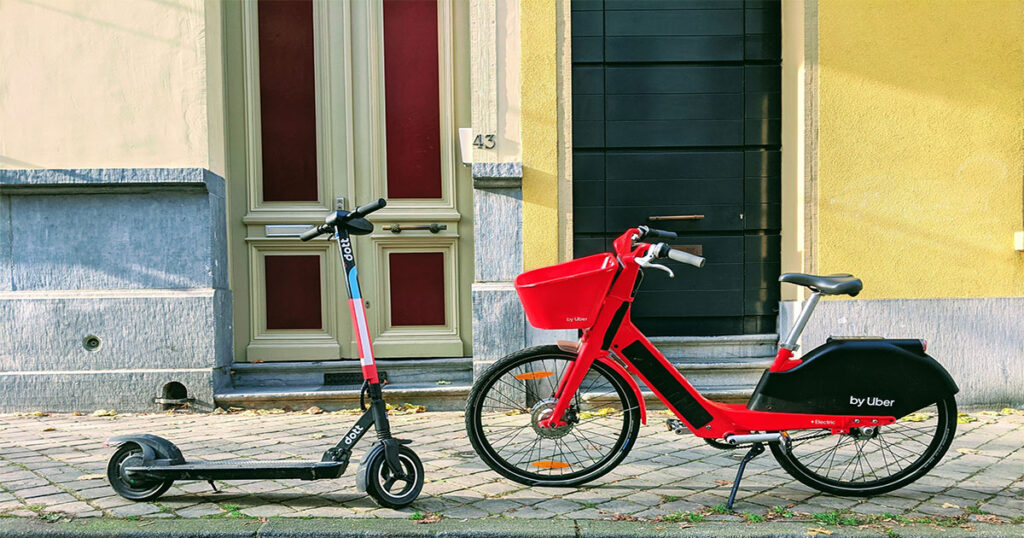Urban commuting has long been a challenge, with issues such as traffic congestion, pollution, and limited parking plaguing our cities.
However, innovative solutions are emerging to address these problems, and one such solution is scooter-powered bike commuting.
In this article, we will explore the concept of scooter-powered bike commuting, its advantages, and how it’s transforming urban transportation into a more sustainable and efficient mode.
Scooter-Powered Bike Commuting: What Is It?
Scooter-powered bike commuting is a novel approach that combines the convenience of electric scooters with traditional bicycles.
Commuters use electric scooters to power their bicycles, offering a unique and eco-friendly mode of transportation.
These scooter attachments are designed to attach easily to regular bikes, providing an extra boost of power while pedaling.
Advantages of Scooter-Powered Bike Commuting
- Eco-Friendly Transportation: Scooter-powered bike commuting is inherently eco-friendly. By utilizing electric power, it reduces carbon emissions and promotes cleaner air in urban environments, contributing to a more sustainable future.
- Improved Mobility: The electric scooter attachment enhances mobility, making it easier to conquer hills, overcome headwinds, and cover longer distances without exhaustion. This increased mobility expands the potential reach of bicycle commuting.
- Cost-Effective: When compared to other commuting options like driving a car or relying on rideshare services, scooter-powered bike commuting can be highly cost-effective. It reduces fuel expenses and eliminates parking fees.
- Reduced Congestion: More commuters adopting this mode of transportation can help reduce traffic congestion in urban areas. Fewer cars on the road lead to less gridlock, shorter commute times, and a smoother flow of traffic.
- Health Benefits: While scooter-powered bike commuting provides an electric boost, riders still engage in physical activity, contributing to better health and fitness. It encourages an active lifestyle, which is crucial in sedentary urban environments.
- Last-Mile Connectivity: This hybrid commuting method is ideal for providing last-mile connectivity, bridging the gap between public transportation stops and final destinations. It allows commuters to cover short distances swiftly.
Impact on Urban Mobility
The introduction of scooter-powered bike commuting has the potential to revolutionize urban mobility in the following ways:
- A Shift Toward Sustainable Transportation: As more commuters embrace this eco-friendly option, it contributes to a reduction in overall carbon emissions, aligning with urban sustainability goals.
- Reduced Reliance on Cars: Commuters have a viable alternative to car usage for daily commuting, which can significantly decrease traffic congestion and ease the burden on urban road infrastructure.
- Enhanced Accessibility: Scooter-powered bike commuting makes cycling accessible to a broader demographic, including those who may have been deterred by the physical demands of cycling alone.
- Improved Urban Air Quality: With fewer cars on the road, urban air quality can improve, resulting in health benefits for residents and a cleaner, more attractive city.
Conclusion
Scooter-powered bike commuting is emerging as a transformative solution for urban transportation challenges.
By combining the convenience of electric scooters with the eco-friendliness of bicycles, it offers a compelling alternative to traditional commuting methods.
As more cities invest in sustainable transportation infrastructure and individuals embrace this innovative approach, we can look forward to cleaner, less congested, and healthier urban environments.
Scooter-powered bike commuting represents a sustainable and efficient way forward in our quest to build better cities and a greener future.

